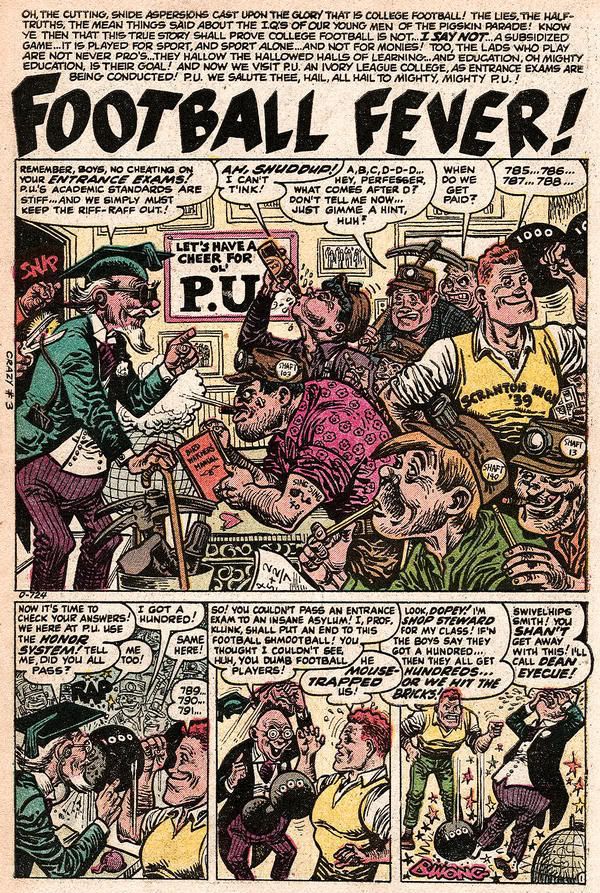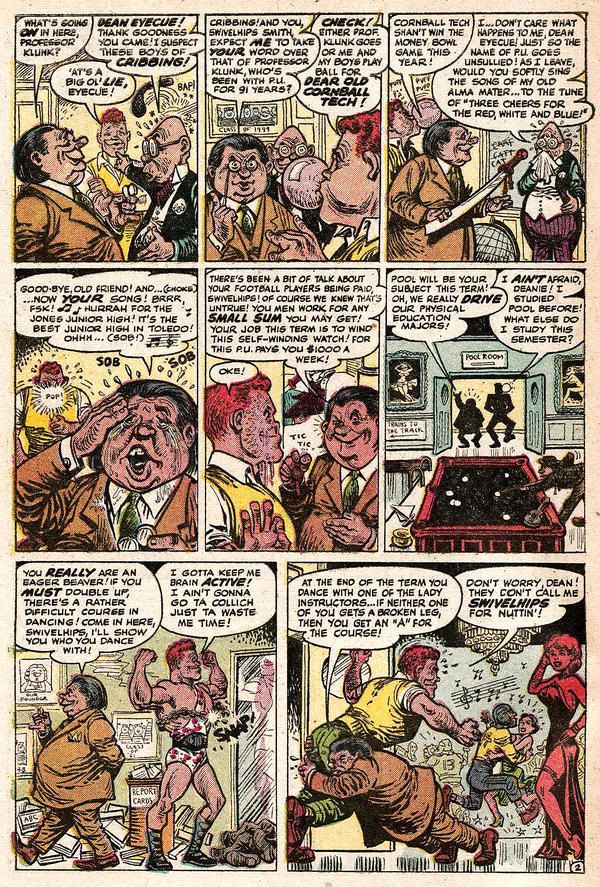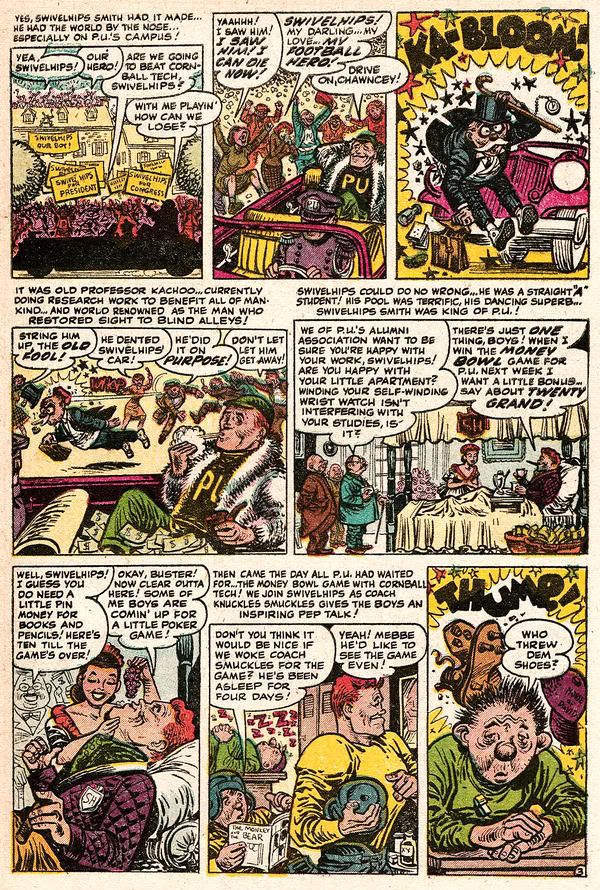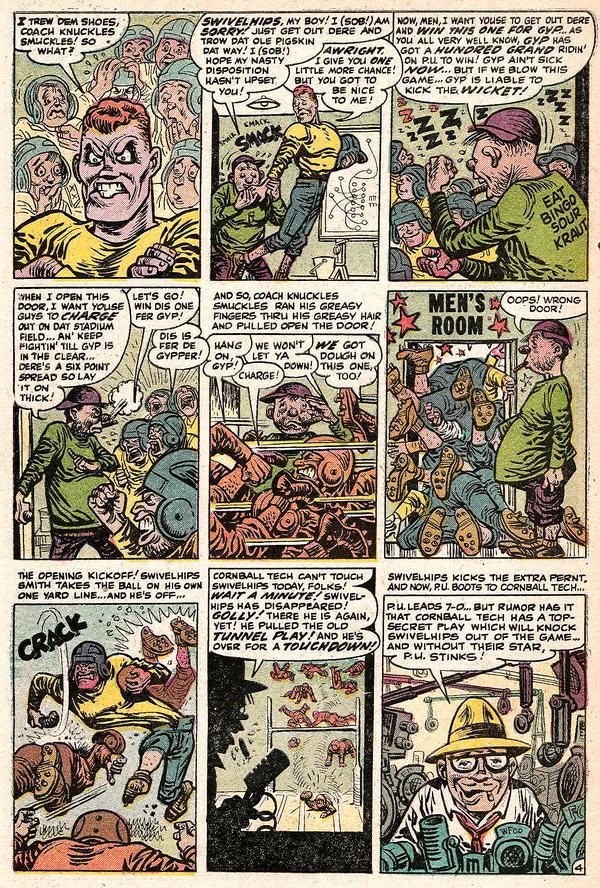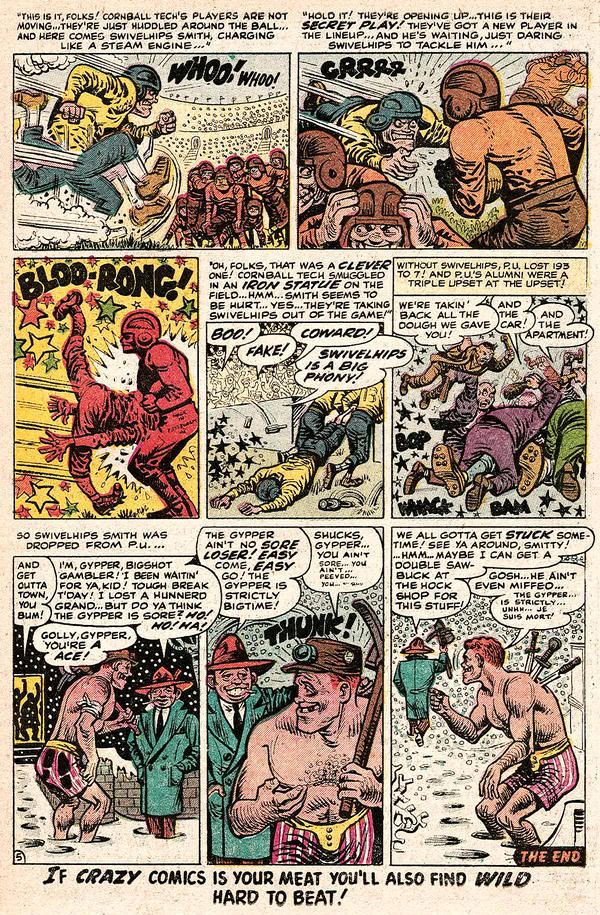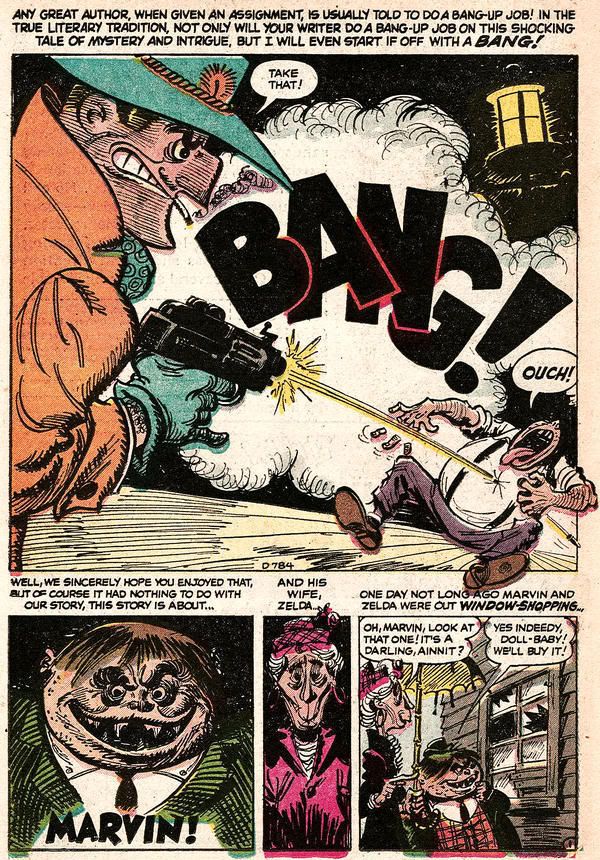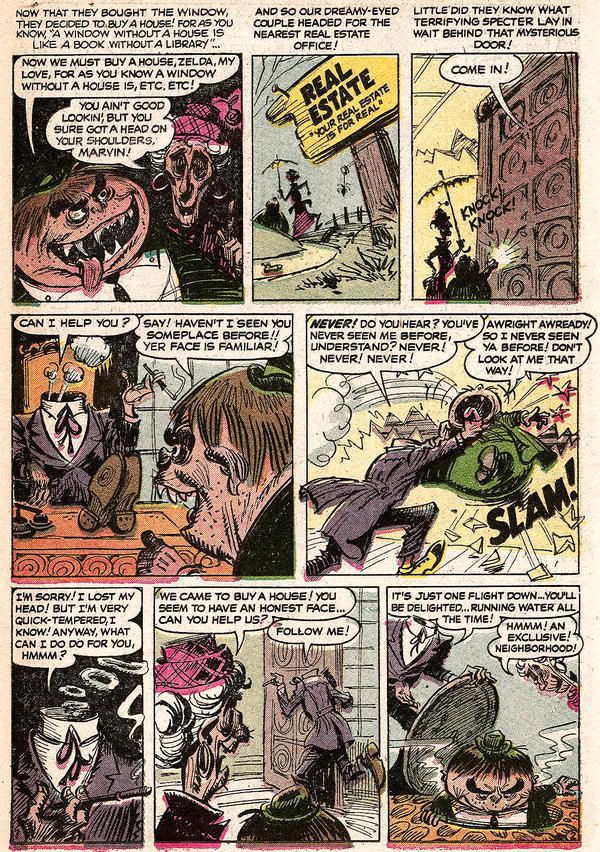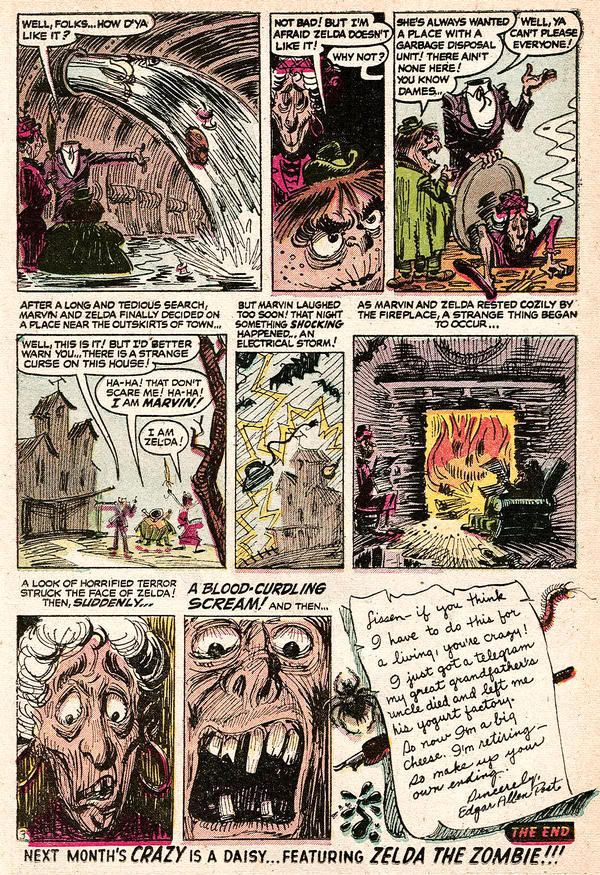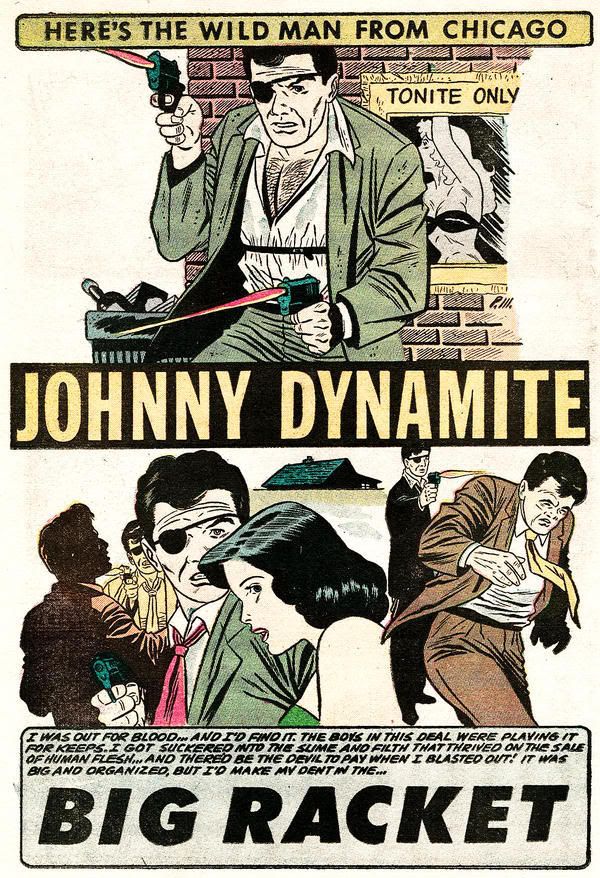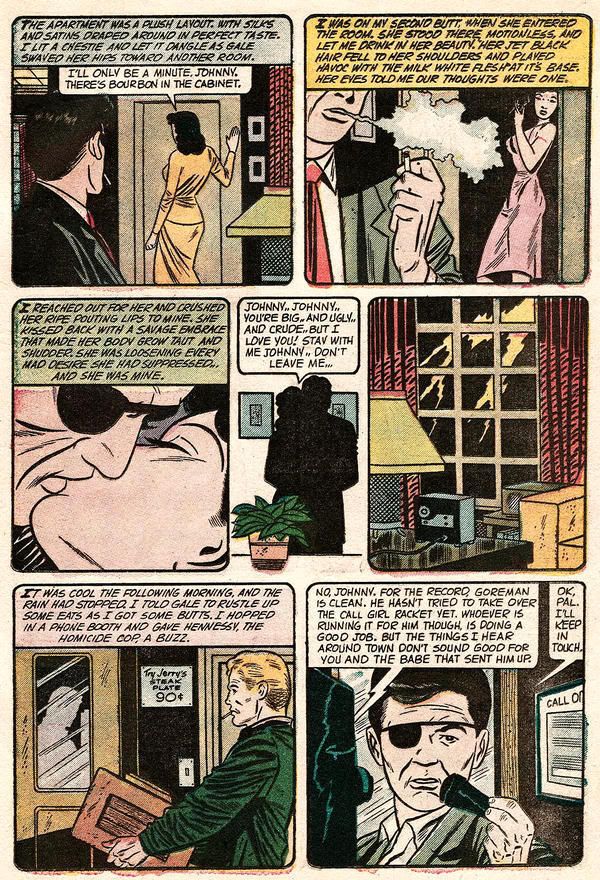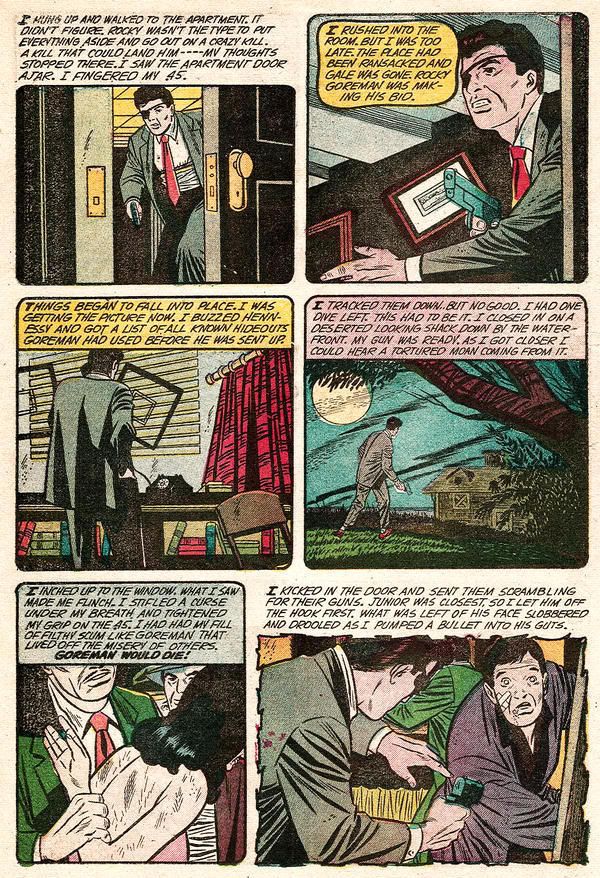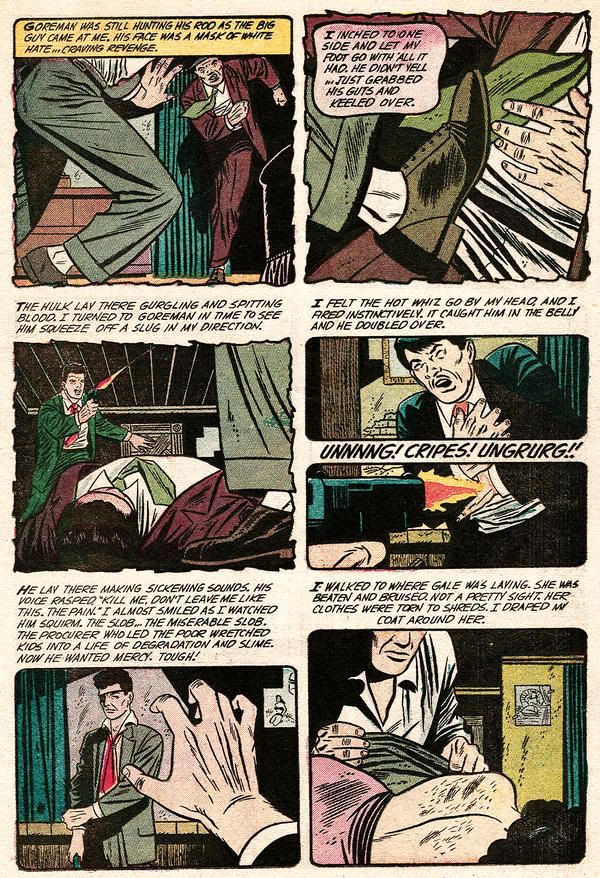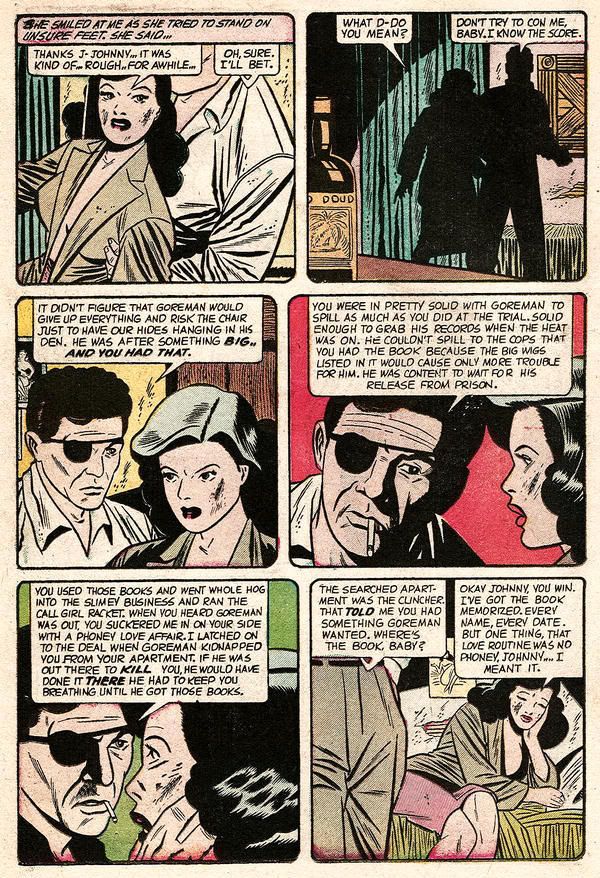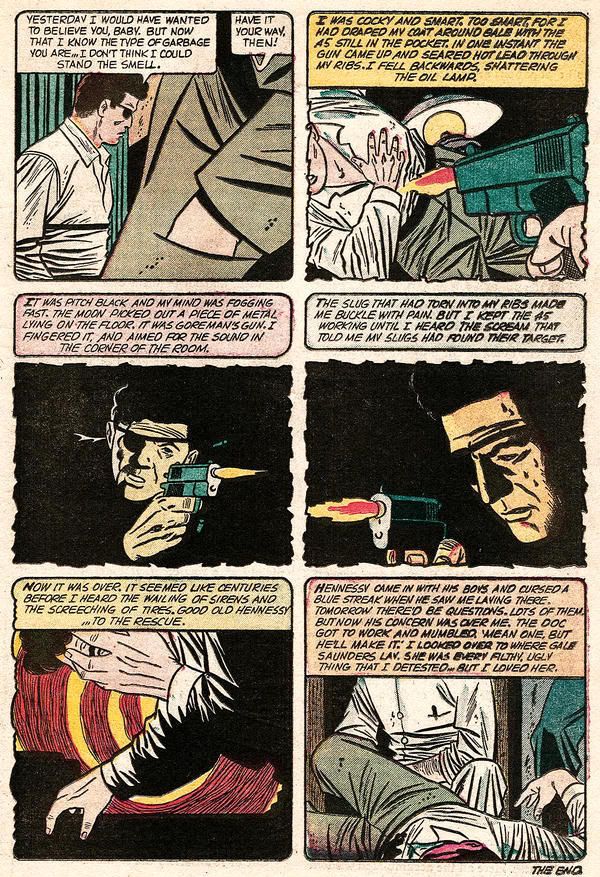 Sean McKeever introduces a new era of the Titans with Teen Titans: Titans of Tomorrow. In comparison, this new Titans run already seems weaker than the one before, and a number of false starts hasn't helped; that said, McKeever's script doesn't have many egregious problems, and a couple of bright spots do give hope for Teen Titans going forward.
Sean McKeever introduces a new era of the Titans with Teen Titans: Titans of Tomorrow. In comparison, this new Titans run already seems weaker than the one before, and a number of false starts hasn't helped; that said, McKeever's script doesn't have many egregious problems, and a couple of bright spots do give hope for Teen Titans going forward.In one of DC Comics's strongest recent eras, the early lead-in to Infinite Crisis, Geoff Johns revitalized what seemed to be a terminal DC franchise, the Teen Titans, mainly by populating it with A-list characters. Gone were the alien Titan clones and even the newer New Titans like Pantha and Baby Wildebeest, in favor of characters more in line with the classic Titans and even the Justice League: Superboy, Robin, Wonder Girl, and Kid Flash. The first new Teen Titans collection, by Johns with Mike McKone, A Kid's Game, deserves its place as a new classic.
Post-Infinite Crisis, however, Teen Titans lacks much of that star power. Robin and Wonder Girl remain with the team; however, new members included the Blue Devil-sidekick Kid Devil, Deathstroke's children Ravager and Jericho, and the J'onn J'onzz-inspired Miss Martian. They're each interesting in their own right, but overall Titans lacks the verve of Johns' initial run. Now in Titans of Tomorrow, we find the team line-up changing again, with Jericho out and Blue Beetle and Supergirl in. The latter are popular characters in their own right, but the number of changes so soon into the One Year Later era make it feel like this title's still trying to find its equilibrium.
None of this is necessarily the fault of writer McKeever, though this repetitive story (which McKeever apparently inherited from Johns) does little to excite the franchise. As with Teen Titans: The Future is Now, the present-Titans encounter a team of their doppelgangers from the future, and for the most part there's not even the moral ambiguity of the first tale; it's pretty clear the Titans from the future are bad and the Titans from the present are good. As with the earlier tale, the future Titans spout vague warnings of the next DC crossover (then, Infinite Crisis; now, Final Crisis), though it's even less clear here than before what the future Titans need of the past ones, or why the future Titans former enemies, Titans East, now fight alongside them.
Additionally, it's quite tiring that McKeever splits the Titans to individually fight their future selves, much as Johns just did having the Titans fight their evil counterparts in Teen Titans: Titans East. (This, as I understand it, is the second in an unintentional string of three-such stories, followed by a fight with the Terror Titans in Teen Titans: On the Clock.) Also as with Titans East and Titans Around the World, Wonder Girl appears as a weepy, dramatic stereotype, mourning the loss of Superboy, a far cry from the strong leader Peter David wrote in Young Justice. McKeever offers some closure on Wonder Girl's mourning in this story, hopefully for good. It's OK for the characters to miss Superboy, but it all borders heavily on melodrama.
What I did like, and what I look forward to in the next trade, is the budding dynamics McKeever creates between the characters. Kid Devil steals nearly every scene he's in, and his affection for Ravager makes both his character more appealing, and hers. Blue Beetle rounds out the trio, and the running gag where everyone treats Beetle as a Titans member even though he hasn't actually been invited is very funny. As well, that Blue Beetle are destined to have the same kind of legendary friendship as the former Blue Beetle and Booster Gold is apparent from the moment the two hit the page together, and I'm eager to see where this goes (the only difficulty is that it seems Robin is slowly becoming the least interesting character on his own team). McKeever also picks up Miss Martian's voice perfectly from Johns, and she fills well the supernatural role previously held by the Titan's Raven and Young Justice's Secret.
Titans of Tomorrow sports a number of art teams, not even counting guest spots by George Perez, Mike McKone, and Todd Dezago in the issue #50 tribute scenes. Of these, I liked Ale Garza's youthful, cartoony art the best. I liked least the heavy, dark, sketchy art of Eddy Barrows, though I enjoyed what I've seen of upcoming issues better than what I saw here. Unfortunately, the inconsistent art only reinforces my sense that Teen Titans still struggles to find itself post-Infinite Crisis; I can only hope it all gets figured out soon.
[Contains full covers]
Connected with Titans of Tomorrow, we'll now turn to Blue Beetle: Reach for the Stars, and then maybe some Trials of Shazam from there.

